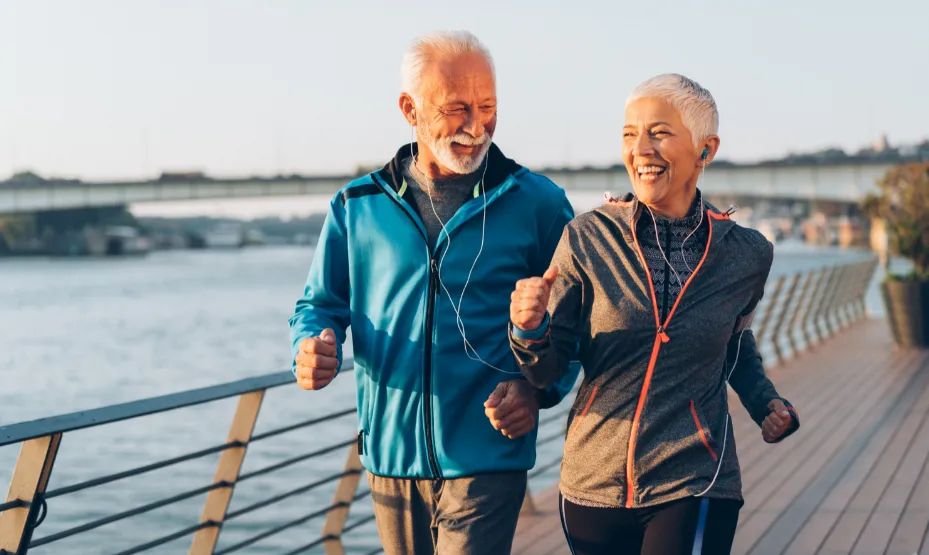2 Key Metrics and 5 Key Exercise Movements for Longevity
Exploring Key Metrics for Health and Longevity
In today's blog post, we will discuss two key metrics that can help determine your health and longevity. Dr. Peter Attia has stated that these metrics are highly associated with living longer.
First off, who is Dr. Peter Attia? Dr. Attia received his medical degree from the Stanford University School of Medicine and trained at Johns Hopkins Hospital as a general surgeon for five years. He also spent two years at the National Institutes of Health, focusing on cancer research for the National Cancer Institute.
During his work with modern medicine, he saw the need to approach health differently, which wasn't reactive but more proactive or more of a "start early" focus. He saw that even though we were living longer, we weren't living the quality of life longer. Many are taking medications and are experiencing health issues. Lifespan vs Healthspan.
He went on to write a New York Times Best Seller called "Outlive: The Science & Art of Longevity", which I highly recommend you read. It is truly eye-opening.
Key Metrics for Health and Longevity: Vo2 Max and Strength & Muscle Mass
Dr Attia discusses two critical metrics that are very important to gauge your health and longevity. If you focus on these two metrics, you can significantly decrease your mortality.
One key metric is focused on your Vo2 Max. What is Vo2 Max? Vo2 Max is the maximum or peak amount of oxygen you can consume during physical exertion. Dr Attia says there is no metric anywhere in any medical literature that is more highly correlated to living longer than having a high Vo2 Max.
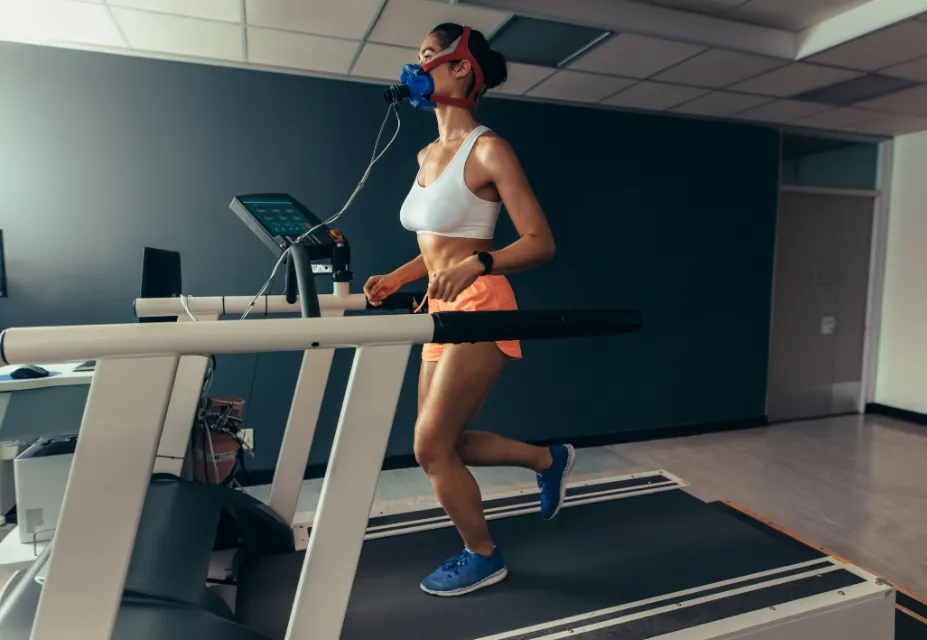
You can measure your Vo2 Max levels at a sports performance lab which would be the most accurate but there are apps and tools out there that can give you an estimate.
The second highest correlated longevity metric is your strength and muscle mass. This is most likely due to the loss of muscle as we age. We must keep these muscles strong and active because they keep us safe. They help us step up or off a curb without losing our balance and breaking a bone. Dr. Attia shares that if someone over the age of 65 falls and breaks a hip, 15% - 30% of them will be dead within a year of that fall. Of those who survive, 50% will experience a decline in mobility.
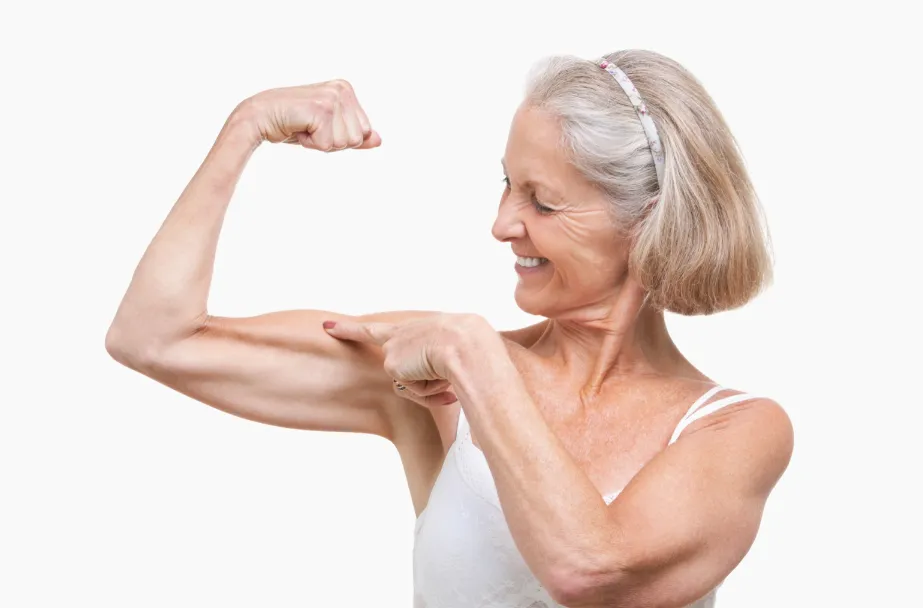
These two metrics are highly correlated with the length of life because they are like the scoreboard of all the hard work you put into being fit over time. In other words, you can't wake up one day and decide to have a high Vo2 Max or the body of a bodybuilder overnight. You need to put in the time, sweat, and hard work over an extended period of time to get these results.
Path to Longevity: Starting Today Can Decrease Mortality by 50%
The great news is that anyone can start today and decrease their mortality by a considerable amount, even if they are not fit and have not exercised in years. He states that anyone who doesn't exercise and goes from zero to three hours a week in exercise has the most significant health benefit curve than anyone along the exercise curve. In terms of health, just going from zero to three hours a week can approximately reduce death by all causes by 50% at any moment in time. In other words, the chances of you dying in the next year are cut in half outside of freak accidents.
To get your Vo2 Max score up, you can start with 30 minutes of low-intensity cardio six times a week and build up to about 90 minutes 3 to 4 times a week. This can even consist of a brisk walk for those just starting, but the goal is to walk quickly enough that you have difficulty holding a conversation but can still do it if you have to. That would be a good target regarding exercise intensity and exertion.

Besides getting your Vo2 Max up, we must remain strong and mobile enough to react quickly. Here, I'll share five exercise movements to build full-body functional strength and improve balance and coordination. Being functionally strong is about moving in every direction and controlling a full range of motion while being robust and agile enough to react quickly. These movements are the ones we want to maintain until the very end.
If you can't do any of these exercises to build strength due to injury, please consider some other movements like squats or even fake jumps where you act like you're about to jump, but only your heel comes off the ground while your toes remain on the ground.
Five Key Exercises that will keep you living longer and stronger
Exercise 1:
The first exercise, probably one of the most important, is Step Ups. We use this movement almost daily, whether stepping onto a curb or going up a few steps. It's important here to focus on the step down because this is usually where people lose their balance and hurt themselves. Most accidents do not happen going up the stairs, but rather, it's coming down the stairs because it's harder to put on the brakes going down. Stepping up focuses on concentric strength, and stepping down focuses on eccentric strength, which we do not focus enough on building.
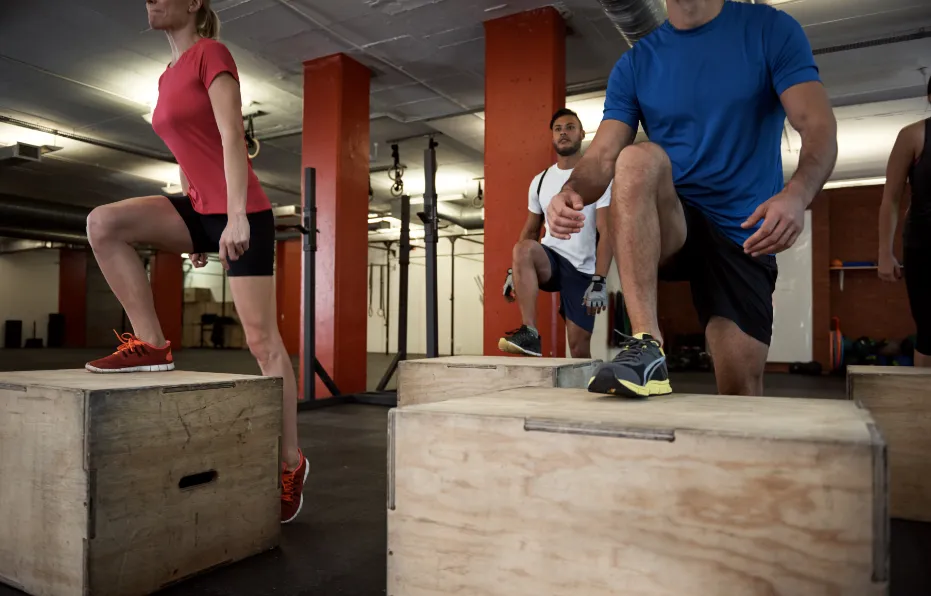
Start by getting a 12-inch box or step and do a controlled 1-second step up and a controlled 2 to 3-second step down while focusing on balance and posture. As you get stronger and it gets easier, you can increase the height of the box up to the point where your thigh is parallel to the ground when that foot is on the box. You can also add weights to challenge yourself further. This exercise and movement are the most important as we age, so doing it a few times a week is essential.
Exercise 2:
Exercise number two is the T Push Ups. For those who cannot do a push-up, using a wall to do a push-up will suffice. This movement is significant too because we want to include pushing movements as well as the squatting, pulling, and hinging movements that we just discussed above to prepare your body for complete movement.
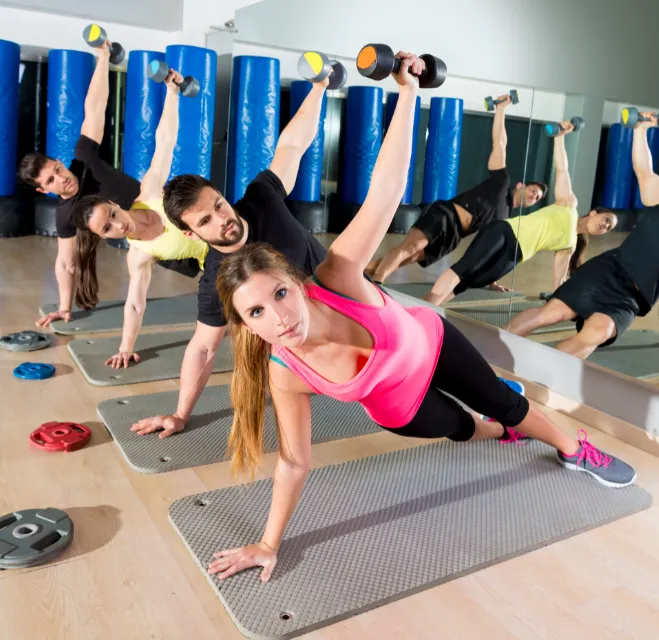
Start by lying belly down on the ground or leaning your chest toward a wall for those that cannot do a regular ground push up. Keep you are hands and arms shoulder-width apart. Do a regular push-up, but at the top of your push-up, you want to open up your chest to one side and reach for the sky. At the same time, you twist your body opposite of the hand you planted to the ground or wall while keeping both feet planted. Hold for a few seconds at the top and then come back down while focusing on balance and control. Repeat the other side for a set of ten. Make sure you feel your obliques working as you twist while you work on strengthening your core as well as your chest, shoulders, and triceps.
Exercise 3:
Movement exercise number three is the Single-Leg Reach. As we age, we have a more complex and challenging time picking things off the ground. Hinging over to grab something can lead to falling over and getting hurt, so we want to work and build up muscles that will help us maintain balance and control when we lean over. We want to focus on hinging over without loading our lower back for this movement. Instead, we want to focus on activating our glutes and hamstrings to protect us from lower back injuries.
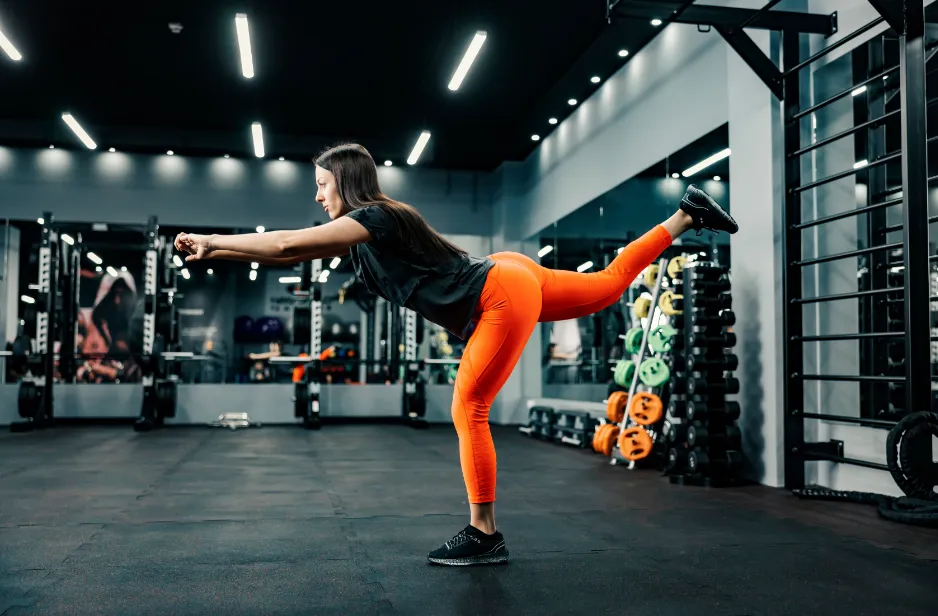
Start by standing with your legs hip-width apart and your arms at the sides. While keeping your left leg grounded to the floor and slightly bent, lift your right leg straight behind you while you lean forward, extending and stretching your arms in front of you. Lean forward until your torso is parallel to the ground while maintaining balance and control on your grounded leg. Keep your bent knee from past your toes. Hold for a few seconds and slowly return to the starting position. Switch sides and start again for a set of ten.
It's crucial that when you start this movement, you imagine yourself not just curling and bending over to pick something up but starting the movement by pushing your butt back to touch the pretend wall behind you while you begin to hinge over. This is where keeping your rooted leg bent comes into play.
Exercise 4:
Exercise four is Standing Back Rows. This will focus on building up your core stability, strength, and posture, which will also help with balance while strengthening your grip and biceps. In today's technology age, too many of us spend too much time hunched over our computers in unhealthy sitting positions for many hours, which adds up as we age. We need to counter this with this exercise.

For this movement, you can use door anchor straps. Grab the door anchor straps and lean back until your arms are fully extended. Then, you'll slowly pull your body to the point that your hands nearly touch the sides of the bottom of your chest muscles. Stick your chest out at the peak hol,d for two seconds, and control your way back to the starting position. As it gets easier, you can move your feet closer to the door so that the angle you are leaning is greater, creating more weight to pull.
Exercise 5:
The last or fifth exercise is the Single Arm Farmer's Walk. This is one of the most essential full-body movements we can do at any age to live a healthy, functionally strong lifestyle. It improves our grip strength and our core stability. Studies have shown that grip strength is a crucial indicator of lifespan and another vital metric for lower mortality. This is why the Single Arm Farmer's Walk is important to include in your exercise routine.

Start with one dumbbell or kettlebell on one of your sides. Make sure to hinge at the hips with a good knee bend to pick up the weight. Brace your core and rise to stand tall. Make sure you adjust your stance so that your shoulders are squared and not lopsided, as if you have another weight on the other side, counterbalancing your posture to be straight.
Start to walk in a straight line while holding the weight and keeping your shoulders level throughout the walk. Take ten steps forward, turn around, and return to the starting position. Do the same with the other side and repeat for a set of 10. As you get stronger, use a heavier weight, but make sure to maintain posture and control. Being able to carry heavy things is truly crucial if we want to live independently as we age.
Conclusion:
Use these five exercises to live a long, healthy, independent life. You want to strengthen your body but also your mind-body connection, so as a final tip, try to add some explosive movements in your exercise routines when you can. For example, you can do box jumps on the Step Up exercise that helps explosive power. This is important because it will help connect your mind to your body quickly when needed, like in a fall. Your mind must recruit the correct muscles to counter any slips or missteps. So make sure to include some explosive movements if possible, even if you are limited, because we need these moves so we're able to react quickly and avoid falls and fractures. Even just doing the Fake Jump, as I mentioned above, where your heel leaves the ground while your toes stay connected to the ground, can help.
In conclusion, focusing on increasing your Vo2 Max and strengthening your muscles and balance will be essential for how long you will live a healthy, independent life, so make sure you add these exercises and movements into your health routine. Live with healthy intentions and enjoy life longer with greater health.

